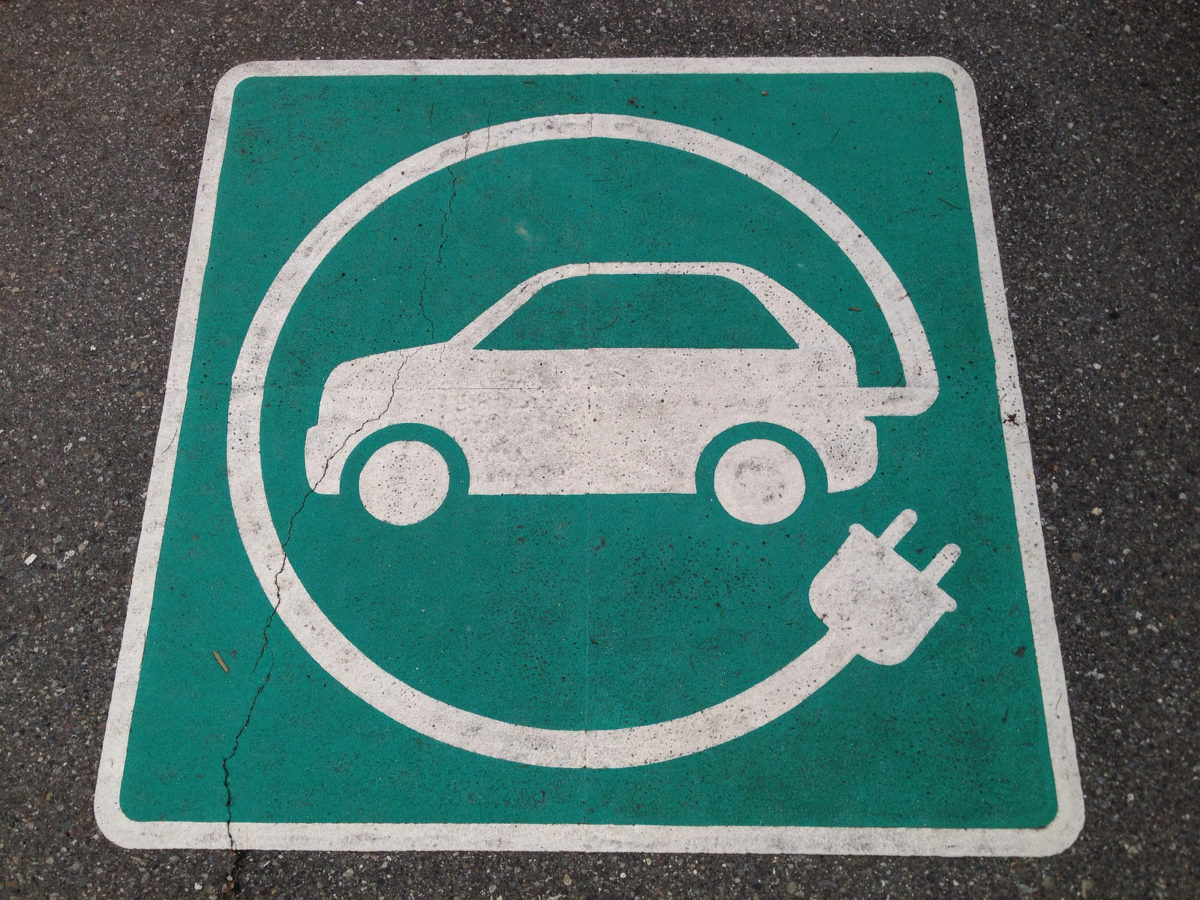Top three upcoming trends in electric vehicle segment


There’s no denying that the electric vehicle movement continues to grow at a dizzying pace, with BMW, Toyota, and a select few other manufacturers leading the charge. As infrastructure begins to catch up, further exciting developments are in the pipeline. Here are three EV trends to keep an eye on in the near future.

More crossovers and SUVs
Sure, hybrid options in the utility vehicle class already exist including the Toyota RAV4, Infiniti QX60 Hybrid and the BMW X5 xDrive40e (which we recently looked at), but there are some wilder, fully electric products in the pipeline for 2018. Audi will be releasing a crossover based on the e-tron quattro concept that has a range of 500-plus-kilometres, and Jaguar is readying the 400-horsepower Jaguar I-PACE for late next year.

Plug-in Hybrid improvements
Early plug-in hybrid electric vehicles (PHEV) couldn’t go very far in zero-emissions mode, limited to a handful of short in-town trips between charges. That’s changing as the next generation of PHEVs allow for greater travel on electricity alone. Just launched in Quebec earlier this month, the 2017 Toyota Prius Prime, for instance, has a large 8.8 kilowatt-hour lithium-ion battery installed providing enough juice for 40-plus kilometres of gasoline-free driving.

Higher EV standards
The measuring stick in terms of range for pure EVs has so far been in the neighbourhood 100 to 130 kilometres, like offered by the original BMW i3. That’s changing, however, as first-generation examples are receiving overhauls with the latest technology and beefier components. The 2017 i3’s battery pack remains the same size as before but utilizes denser energy cells to increase range from 130 to over 180 kilometres. There are models new to the segment pushing the envelope as well: the Hyundai Ioniq Electric can get up to 200 kilometres on a single charge.


